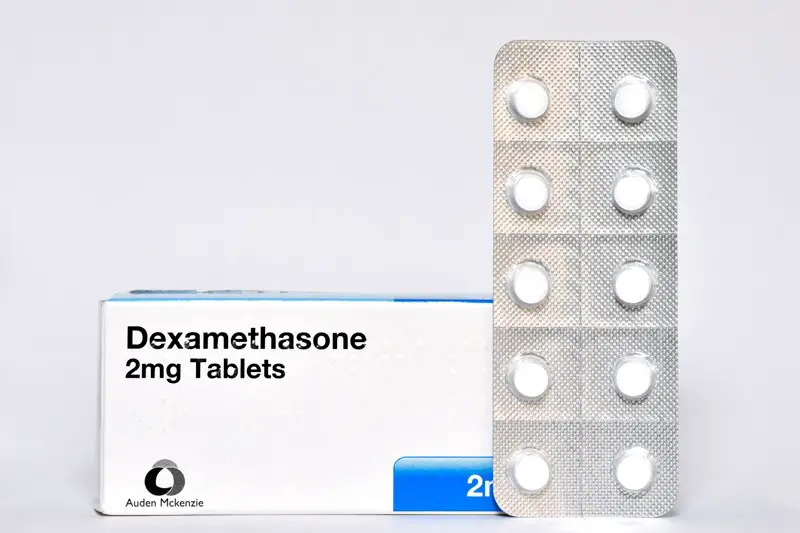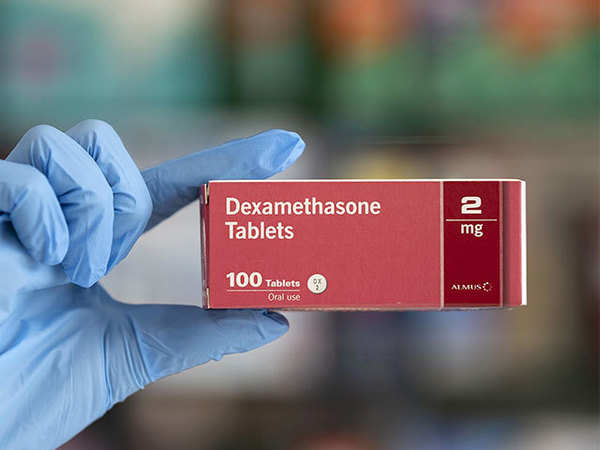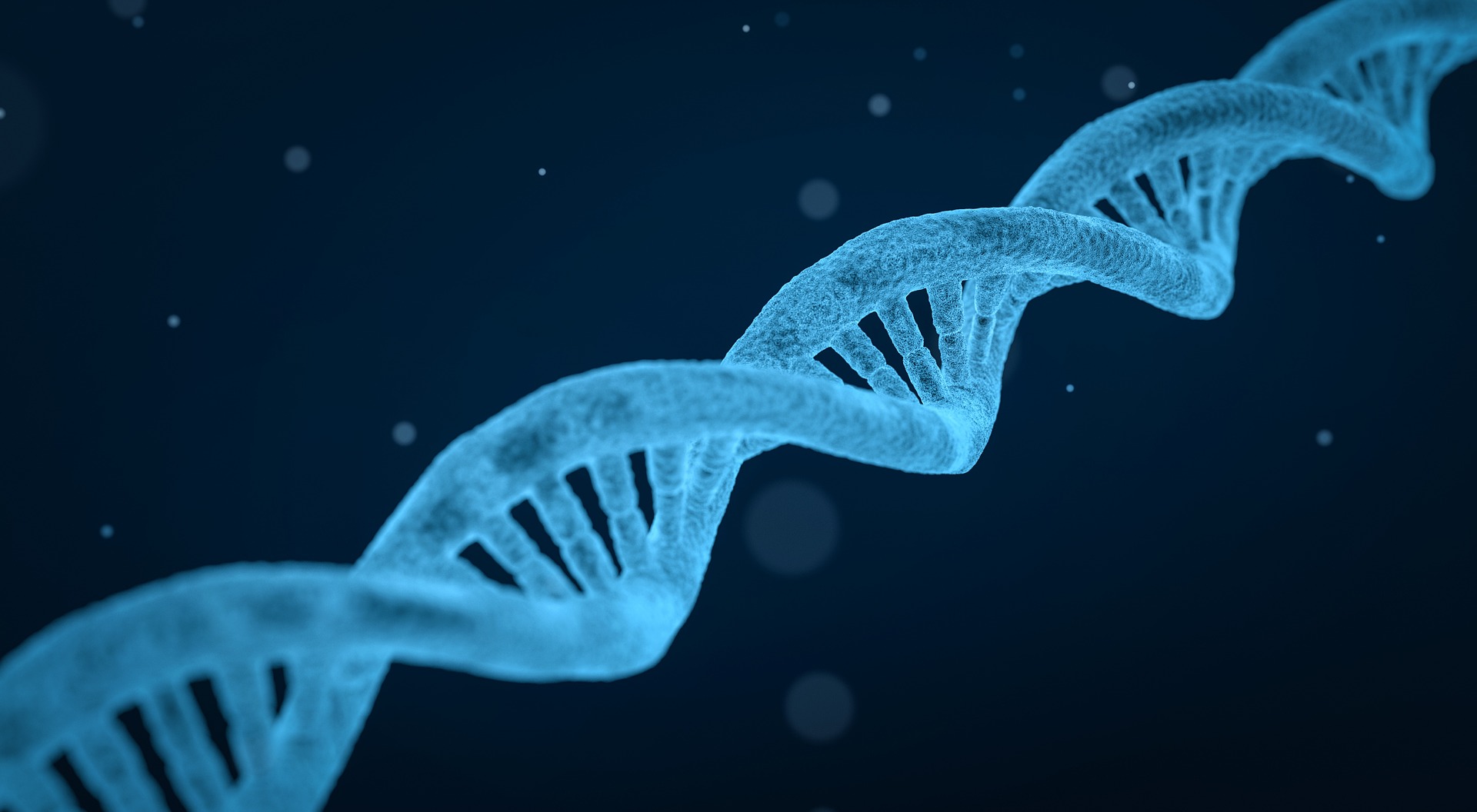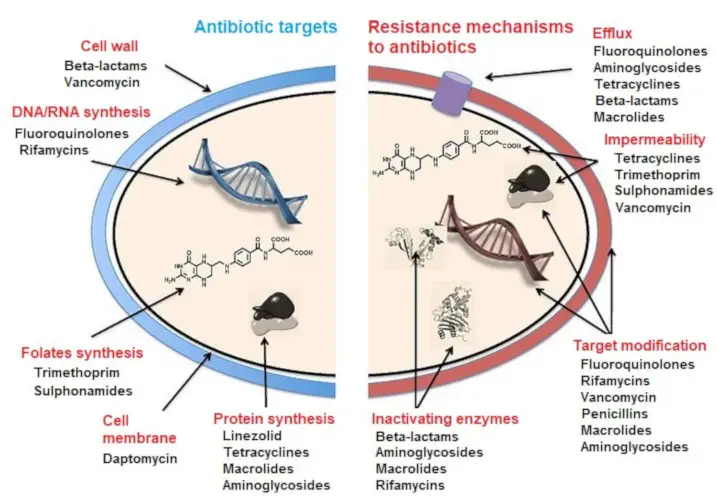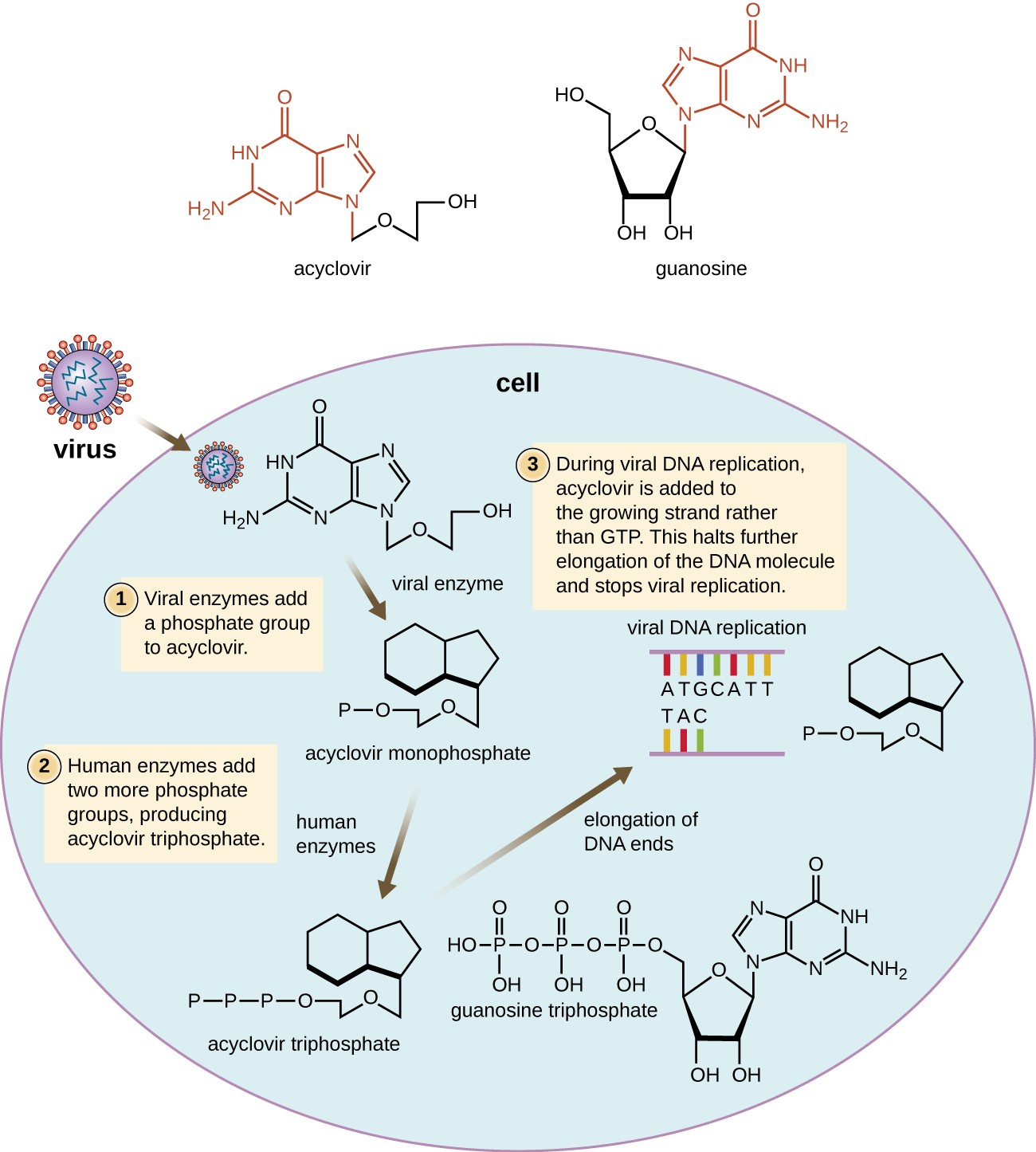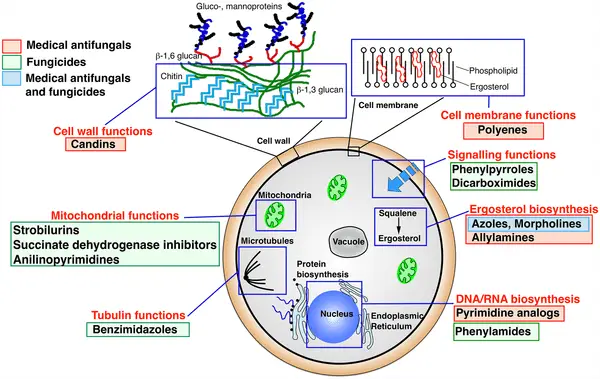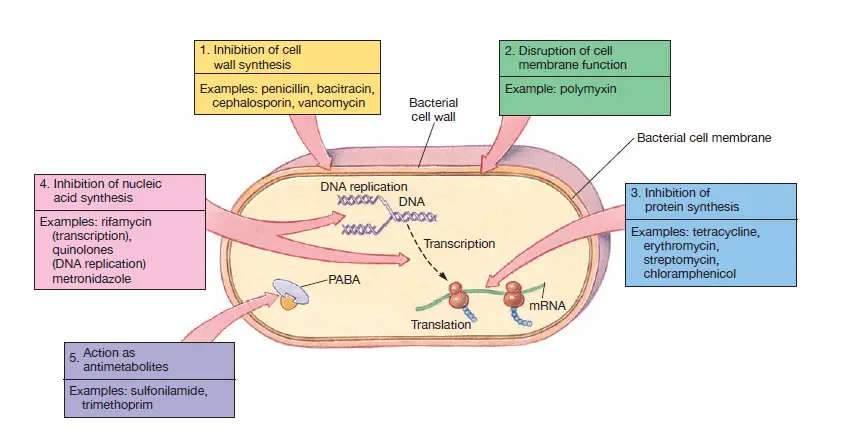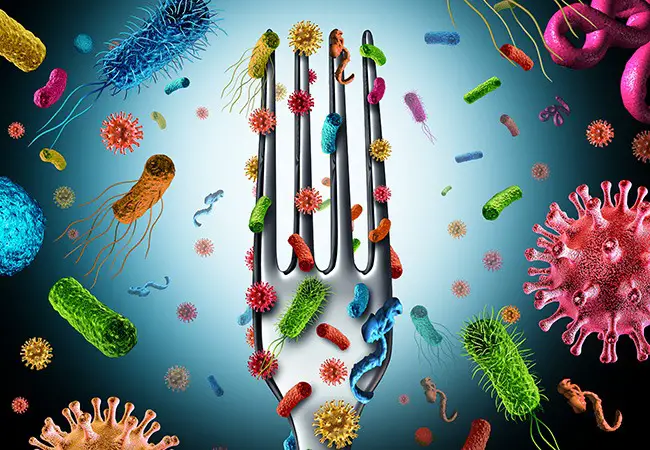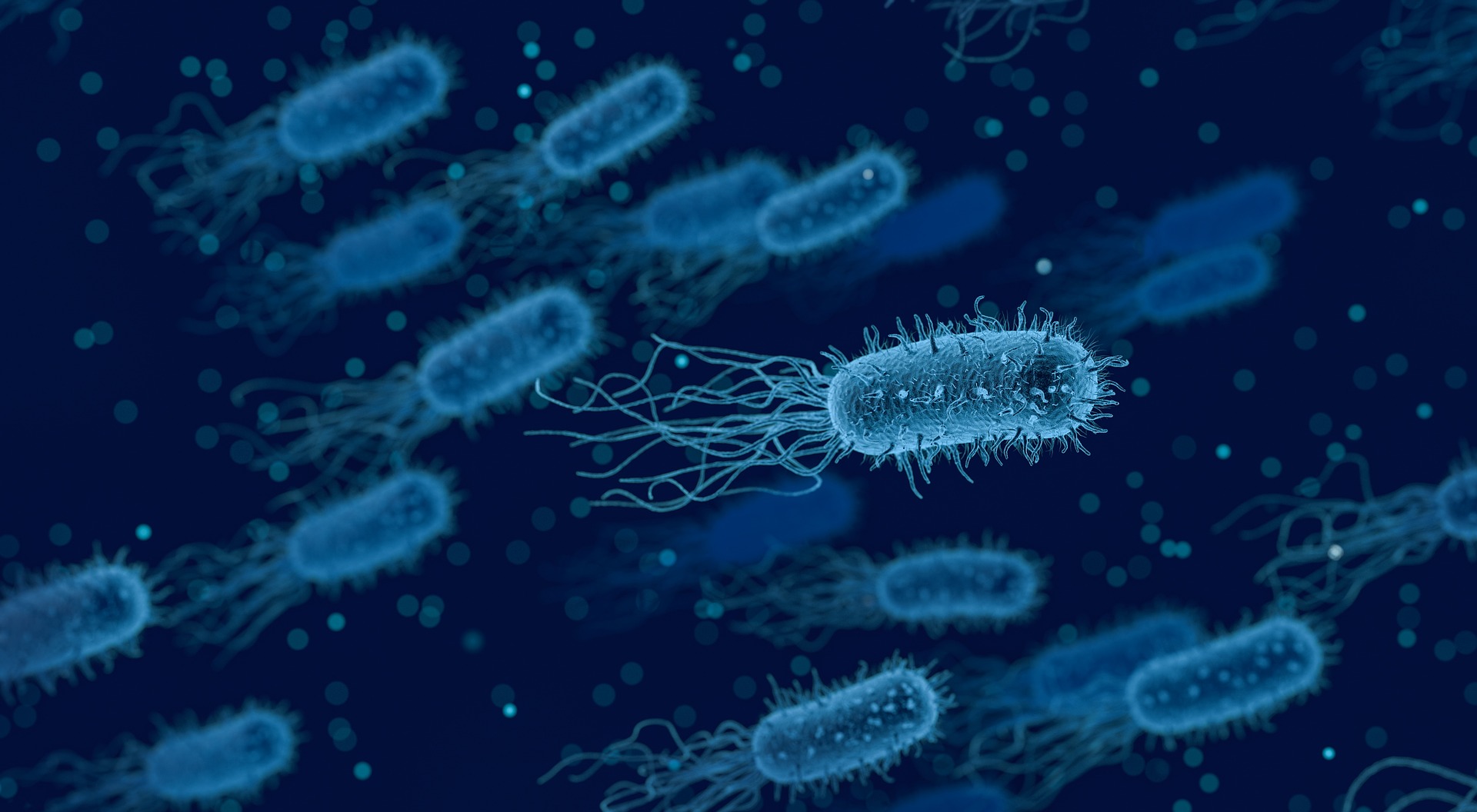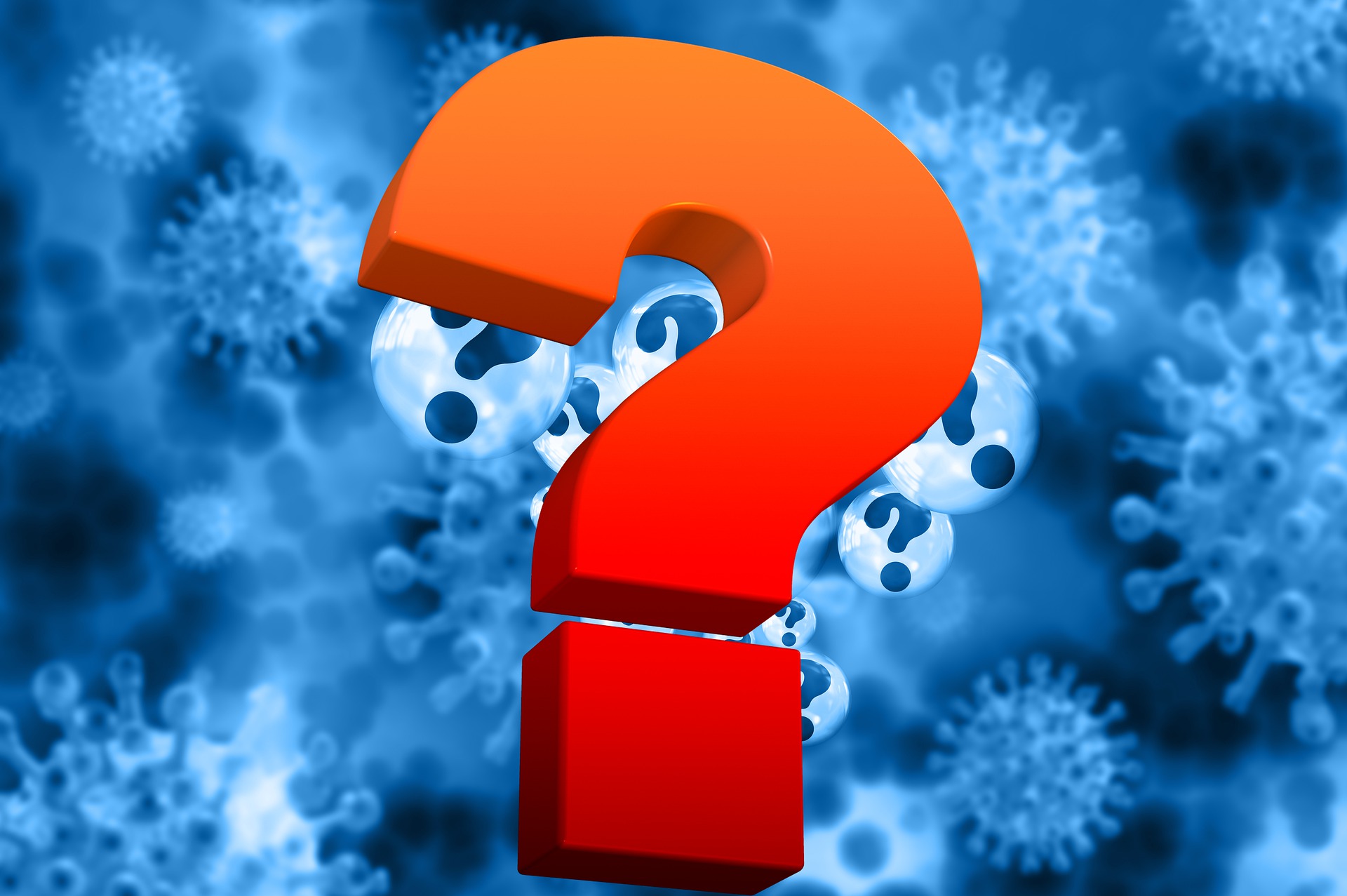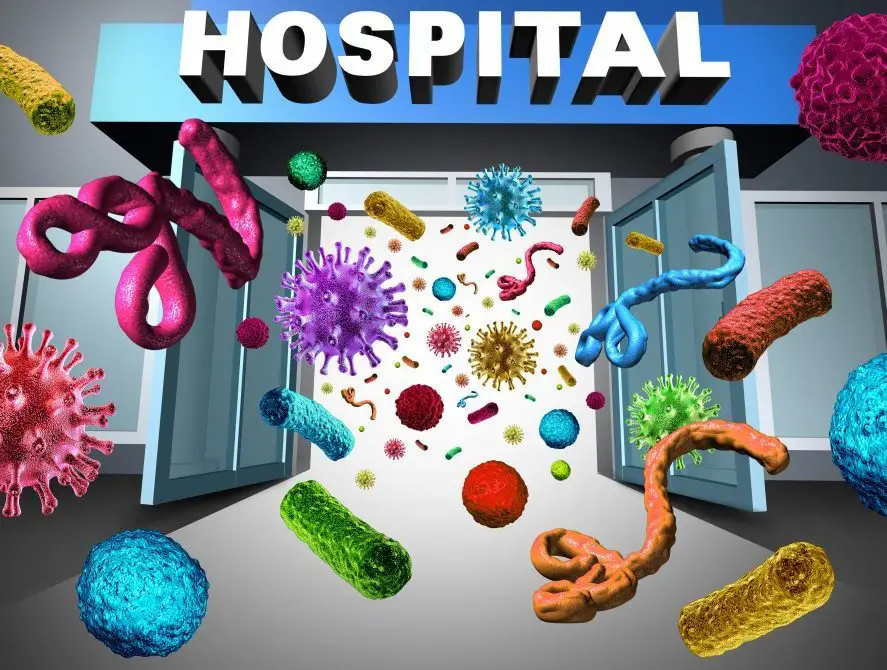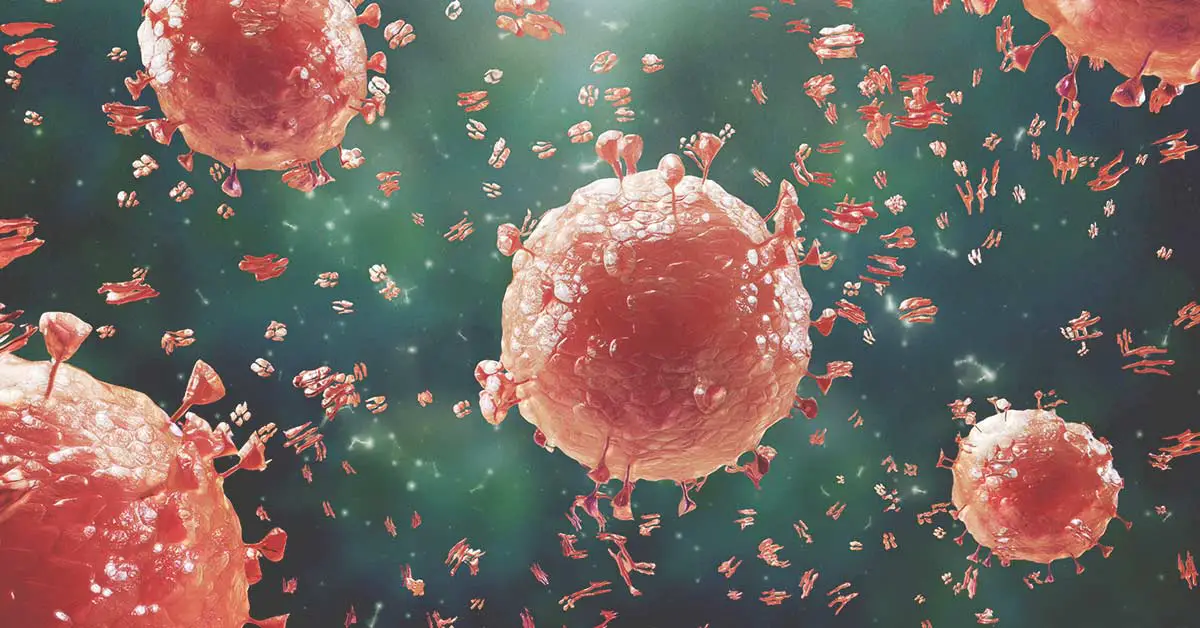Dexamethasone: Mechanism, Application, Side effects.
What is Dexamethasone? Figure: Chemical structure of dexamethasone | Image by: Maria Palmira Gremiao | Source: www.researchgate.net In 1957, an American physician Philip Showalter Hench first made this drug. Dexamethasone is corticosteroid medication (Corticosteroids are a class of steroid hormones that are produced in the adrenal cortex of vertebrates). Dexamethasone used for the treatment of … Read more

